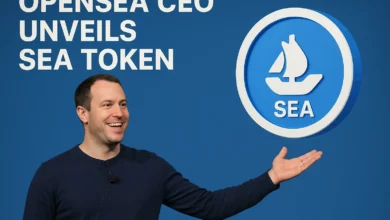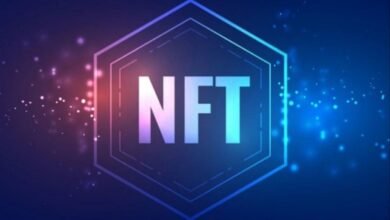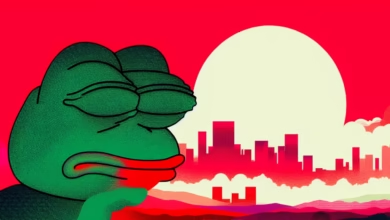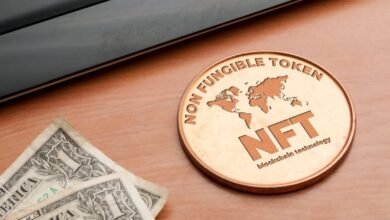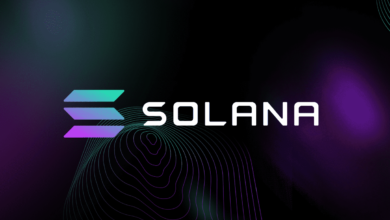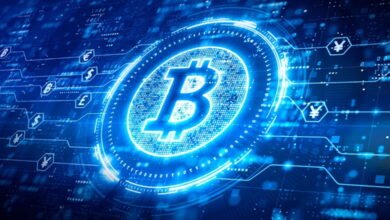
NFTS in Web3, sometimes known as non-fungible tokens, have changed the definition of online ownership. Unlike cryptocurrencies like Bitcoin or Ethereum, which are interchangeable and equal in value, NFTS are unique digital assets representing ownership of a particular item—digital art, music, a video clip, in-game assets, or even tokenized real estate.
NFTS will have developed from a speculative niche into a fundamental technology inside the larger Web3 ecosystem by 2025. Whether your interests are brand, collector, gamer, artist, or investor, NFTS provide fresh approaches to connect with digital material, authenticate it, and profit from it.
NFTS and Blockchain
Built on blockchain technology, NFTS offer a distributed, open ledger to confirm ownership and transaction activity. Ethereum is the most often used blockchain for NFTS; others, including Polygon, Solana, Tezos, and Flow, have become popular because of faster transaction times and cheaper gas costs.
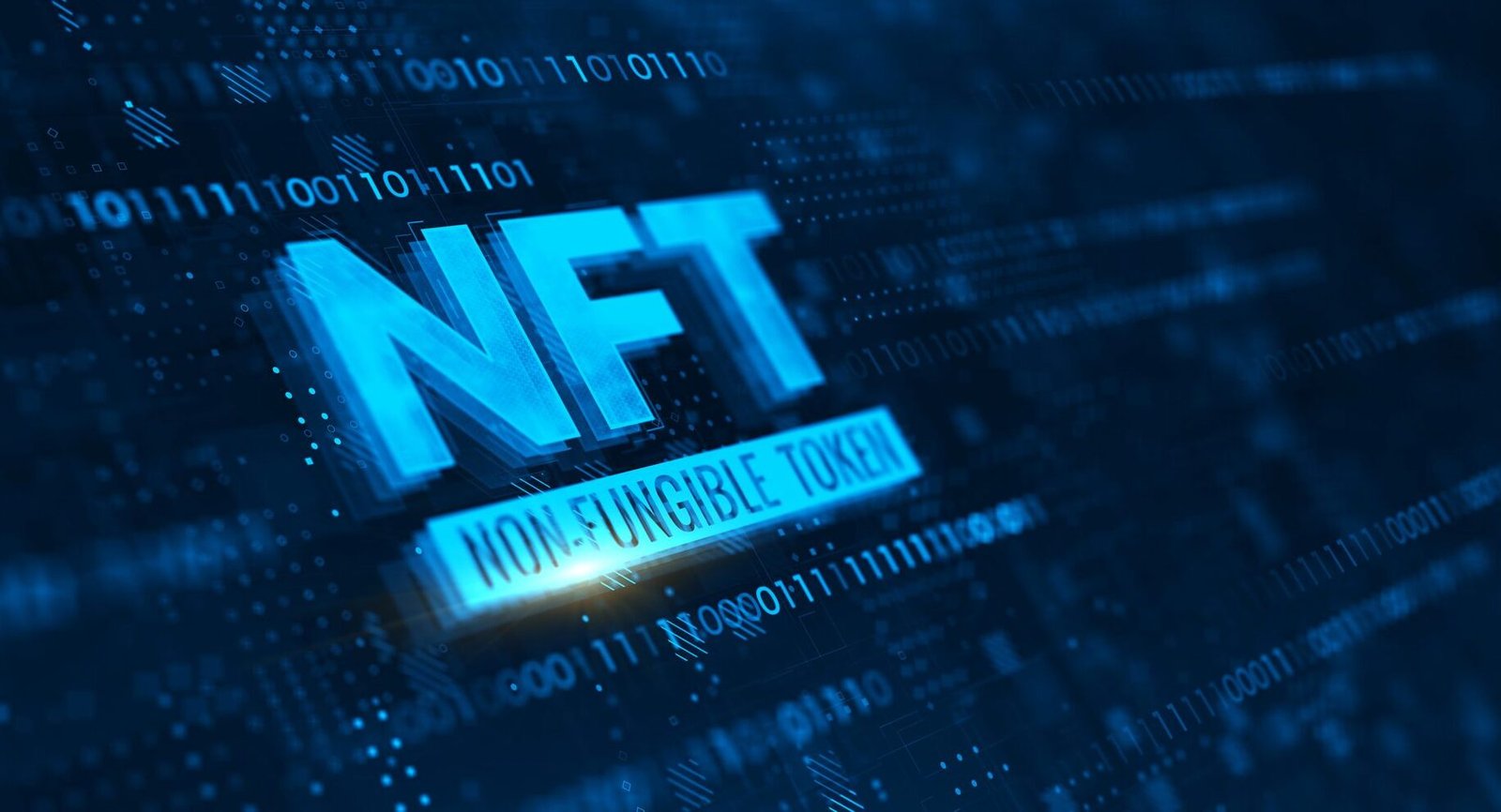 A smart contract, a self-executing program with guidelines and attributes, creates each NFT. This covers information on the creator’s wallet address, the metadata of the item, and any royalties owing on resale. While the evidence of ownership exists safely on the blockchain, the asset connected with the NFT, such as a picture or file, may be kept off-chain, utilizing distributed file systems like IPFS (InterPlanetary File System).
A smart contract, a self-executing program with guidelines and attributes, creates each NFT. This covers information on the creator’s wallet address, the metadata of the item, and any royalties owing on resale. While the evidence of ownership exists safely on the blockchain, the asset connected with the NFT, such as a picture or file, may be kept off-chain, utilizing distributed file systems like IPFS (InterPlanetary File System).
NFTS in Culture
The digital art scene was the first source of NFT fervor. Artist Beeple sold the NFT Everydays: The First 5000 Days for $69 million at Christie’s, bringing NFTS to the forefront. Since then, collections including Bored Ape Yacht Club, CryptoPunk, and Azuki have become cultural icons complete with real-world events, metaverse experiences, and celebrity sponsorships.
NFTS enable musicians to share materials directly with their followers. Musicians such as Snoop Dogg, 3lau, and Steve Aoki have dropped albums as NFTS, sometimes combined with backstage credentials, special access, or future royalties. By cutting reliance on labels and venues, these tokenized releases improve artist autonomy.
Possibly the most innovative application of NFTS is in the gaming industry. Titles such as The Sandbox, Axie Infinity, and Decentraland enable users to purchase, sell, and possess in-game assets as NFTS, therefore creating actual value for virtual successes. Rising metaverse players are starting to migrate avatars and objects between platforms, generating persistent, NFT-based digital identities.
Other developing industries include luxury fashion, where firms like Nike, Gucci, and Dolce & Gabbana employ NFTS for authentication and virtual wearables, and real estate, where companies like Propy tokenize property records, streamlining the ownership transfer process.
Practical NFT Applications
Digital identity verification is increasingly using NFTS. Through self-sovereign identification systems, users can carry NFT-based credentials proving academic degrees, professional certificates, or event attendance—all verifiable and tamper-proof.
NFTS in supply chain management follow items from source to customer. Tokenizing luxury products, medications, and agricultural items will help to guarantee ethical procurement, lower fraud rates, and increase openness. Markets including organic produce, diamonds, and wine are starting to pay attention to this use case.
NFTS are also upsetting ticketing. Events now provide NFT tickets that act as digital mementos, prevent scalping, and offer admission along with unlocking benefits. Pioneers in this area include sites like YellowHeart and GUTS Tickets.
NFT Investment Risks
Although NFTS are becoming a major speculative asset class, investing in them can be dangerous. Scarcity, creator reputation, community strength, and utility all help define an NFT’s worth. While some NFTS serve only as collections, others incorporate built-in royalties, governance rights, or yield-generating features.
One really depends on security. Wallet weaknesses or phishing schemes allow one to steal NFTS. Essential is using reliable wallets like MetaMask, Ledger, or Phantom; double-checking contract addresses before any transaction is necessary. Leading NFT markets are platforms like OpenSea, Magic Eden, Blur, and Foundation, but before engaging, consumers should investigate project validity.
NFTS and Sustainability
Early on, environmental issues caused substantial opposition against NFTS. Ethereum’s first Proof-of-Work consensus method consumed enormous energy. However, the Ethereum Merge in September 2022 switched the network to Proof-of-Stake, therefore cutting over 99% of the energy consumption. Now favored for green NFT projects, other environmentally friendly blockchains, such as Tezos and Algorand, were built with sustainability in mind.
NFT Legal Challenges
Questions about intellectual property, consumer protection, and regulation follow the NFT sector as it expands. Copycat collections, illegal exploitation of copyrighted content, and rug pulls—fraudulent initiatives funded with vanished investor money—have spurred legal investigations.
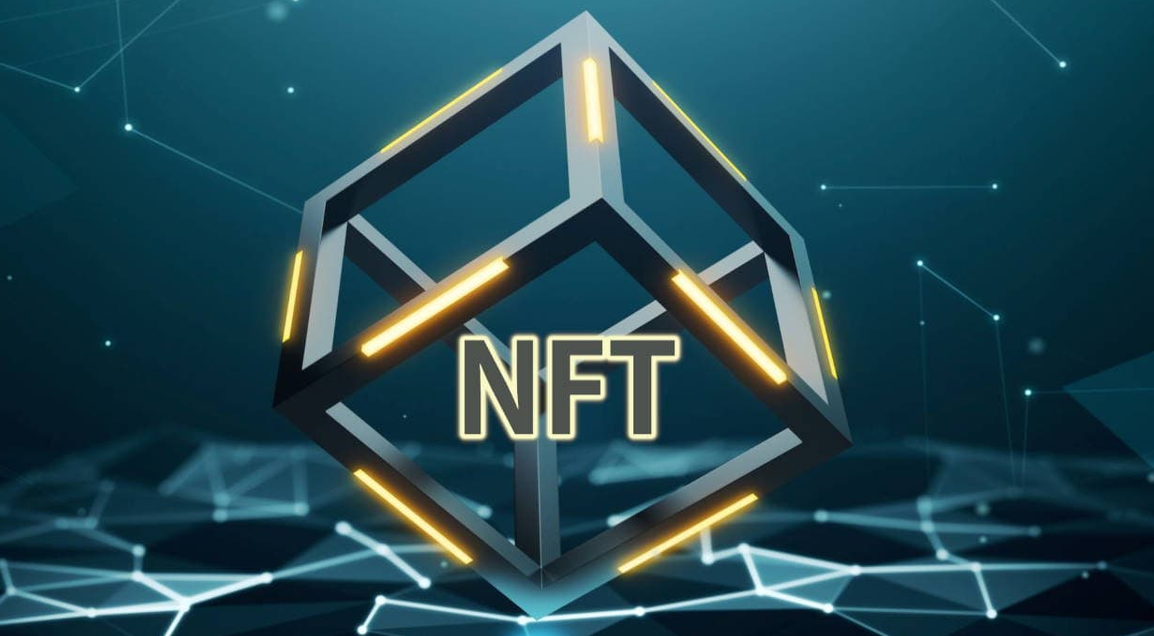 Governments and authorities, including the SEC in the United States, are establishing clearer rules. Due to their structure and marketing strategy, some NFTS may qualify as securities. To guard their work, creators are also advocating on-chain copyright systems and improved licensing models.
Governments and authorities, including the SEC in the United States, are establishing clearer rules. Due to their structure and marketing strategy, some NFTS may qualify as securities. To guard their work, creators are also advocating on-chain copyright systems and improved licensing models.
Final thoughts
NFTS are evolving in intelligence and dynamism. AI-generated art is becoming popular, with NFTS changing depending on user activity or outside data. Projects like Async Art are creating programmable NFTS, whereby collectors own unique layers of a continuously evolving work.
Adoption of NFTS also depends on interoperability. NFTS can operate across apps, games, and virtual worlds using tools such as WalletConnect, Ready Player Me, and Crossmint, enabling a continuous digital identity.
NFTS in Web3 will evolve from collectibles as we enter Web3 into credentials, avatars, access keys, and even governance tokens in distributed communities. They stand for a fresh front line of digital freedom and control.

